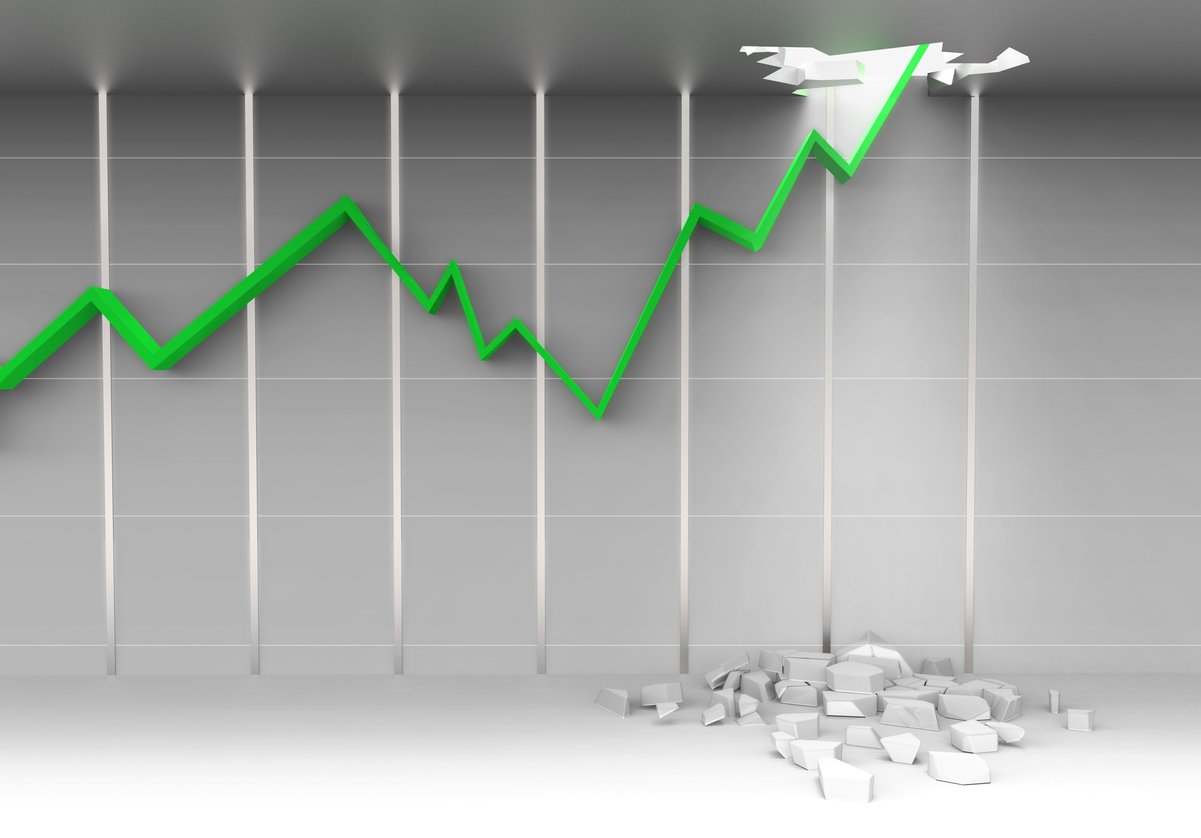One of the most common nicknames for your retirement portfolio is "nest egg," but in the realm of food metaphors, it might be better to think of it like a holiday feast. So many dishes, so many choices, and to be healthy, you need to pick a properly balanced meal -- but also one that suits your personal tastes. So how should one do that? The answer comes under the heading of "portfolio allocation," and it's the focus of this episode of Motley Fool Answers.
In this segment, hosts Alison Southwick and Robert Brokamp talk about the asset class they see as forming the main course: large-cap U.S. stocks.
A full transcript follows the video.
This video was recorded on Nov. 20, 2018.
Robert Brokamp: Let's start with the main course -- the star of every Thanksgiving feast -- the turkey. It's the mainstay of the meal and the biggest item on the table, partially because it's one of the largest birds in America. You may have heard that Ben Franklin thought that the turkey, and not the bald eagle, should be our national bird. It turns out that it's not necessarily true, but he did write in a letter that the eagle has a bad moral character and that the turkey, in comparison, is "a much more respectable bird."
Alison Southwick: Is an eagle a scavenger?
Brokamp: Yes, that was part of his point. His wrote that, "The turkey is a much more respectable bird and, with all, a true original native of America. He is, besides a little vain and silly, a bird of courage and would not hesitate to attack a grenadier of the British guard who should presume to invade his farmyard with a red coat on." So think of that when you're having your turkey. You're eating the bird of courage, according to Ben Franklin.
So what's the turkey of your portfolio? Of course it's U.S. large-cap stocks, most commonly represented by the Dow or the S&P 500. These are the big-name, blue-chip, generally more established companies.
So let's look at some of the nutritional facts; that is, the historical returns. Since 1926, U.S. large-cap stocks have averaged 10.2% a year. The best year they were up 54% and the worst year down 43%. On average, U.S. large-cap stocks have earned money in three out of every four years.
According to the Morningstar report on target-dated funds, on average a fund has around 40% of its stock allocation [with] U.S. large caps. I'm just looking at the stock allocation there [not stocks and bonds]. [Of] just stocks they have [allocated] 40% to U.S. large caps. I think that's a fine, reasonable start, although in the model portfolios I've created for my Rule Your Retirement service, it's actually a little lower because I allocate more to mid and small caps which we'll get into later. But generally, that's a pretty good place to be with U.S. large caps.
If you're more aggressive you go smaller. If you are maybe closer to retirement or in retirement, those portfolios tend to have more large caps because historically large caps are less volatile. Also, they're more likely to be paying dividends.
It will be interesting to know, going forward, how much less volatile large caps will be compared to mid and small caps and even international because, when you look at the top 10 companies in the S&P 500, you're looking at Apple, Amazon, Facebook, Alphabet [formerly of Google]. It does seem to me that some of the bigger companies have become...
Southwick: Tech, tech, tech.
Brokamp: ... a lot more volatile. So we'll see going forward. Generally speaking, if you look at the other U.S. large caps [things like Johnson & Johnson, Procter & Gamble and all the banks], those do tend to be a little bit more stable.
Southwick: When you're talking about allocating large-cap stocks, then you are talking [agnostically] of what industry they're in.
Brokamp: Right, exactly.





